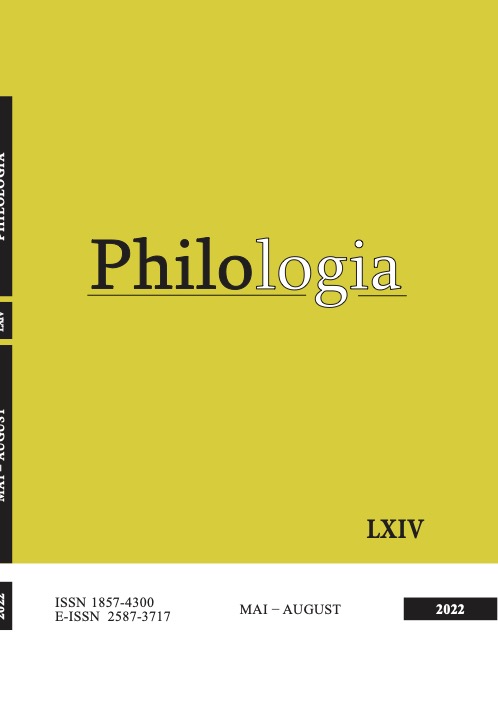Abstract
The primary objective of this article is to establish and describe the discursive variants
of the sentence representing its communicative paradigm. Constituted as a result of the
adequacy of a sentence to communicative context, the discursive variants suppose, in
linguistic terms, the variation of the informational structure of the sentence in relation to
its semantic-syntactic structure. Described in terms of old/new information, the discursive
variants are formed due to the operations involved in the discursive updating of the
fundamental structures of the sentences, which are the thematisation and rhematisation of
certain component elements of the sentence. The model that presents the sentence as a set
of discursive variants combines semantic, syntactic and pragmatic or discursive criteria.
Thus, in the process of analyzing these variants, the role of determining factors in the
informational organization of the sentence was taken into account, these aspects being
correlated with the marks of the informational structure of the sentence.

